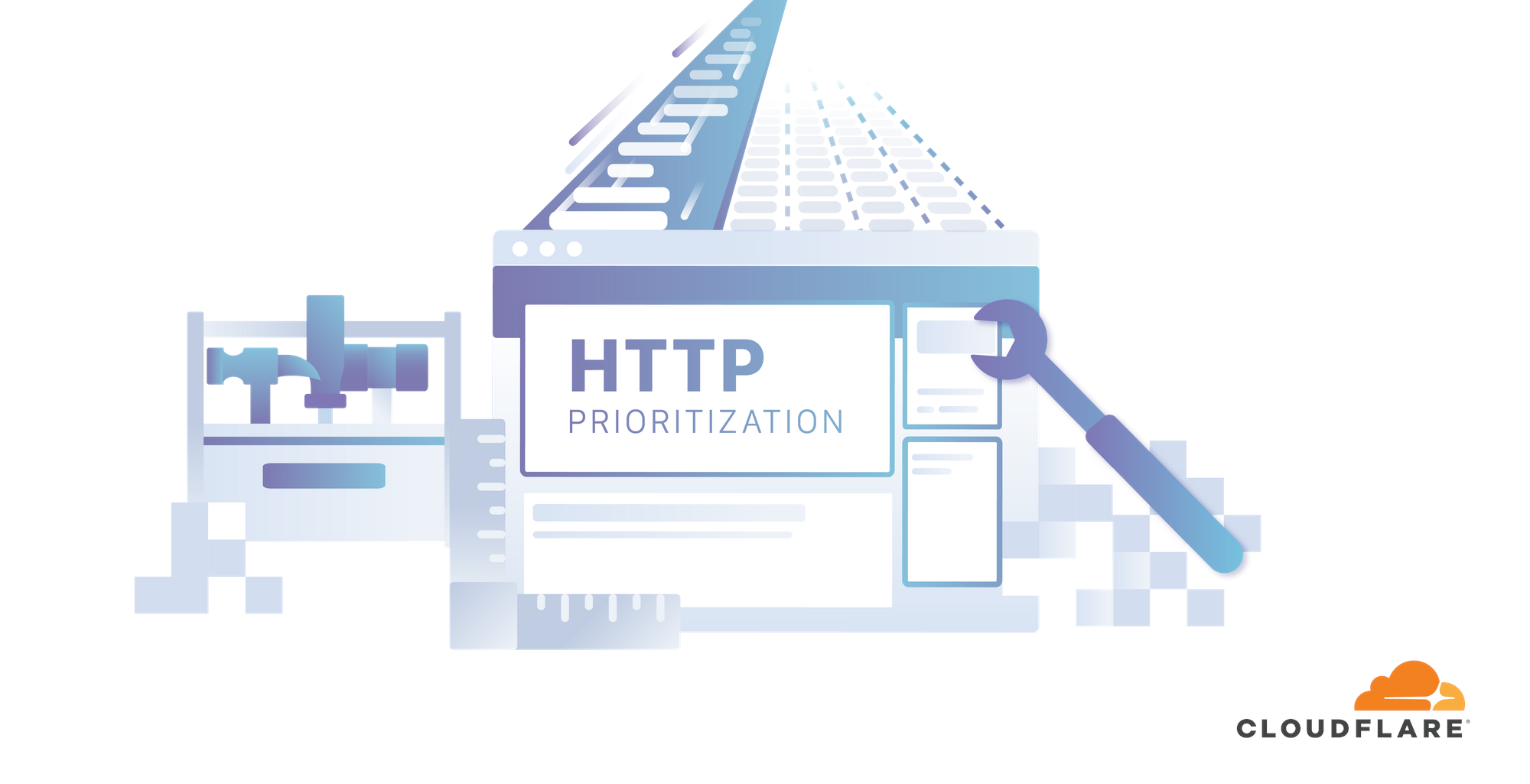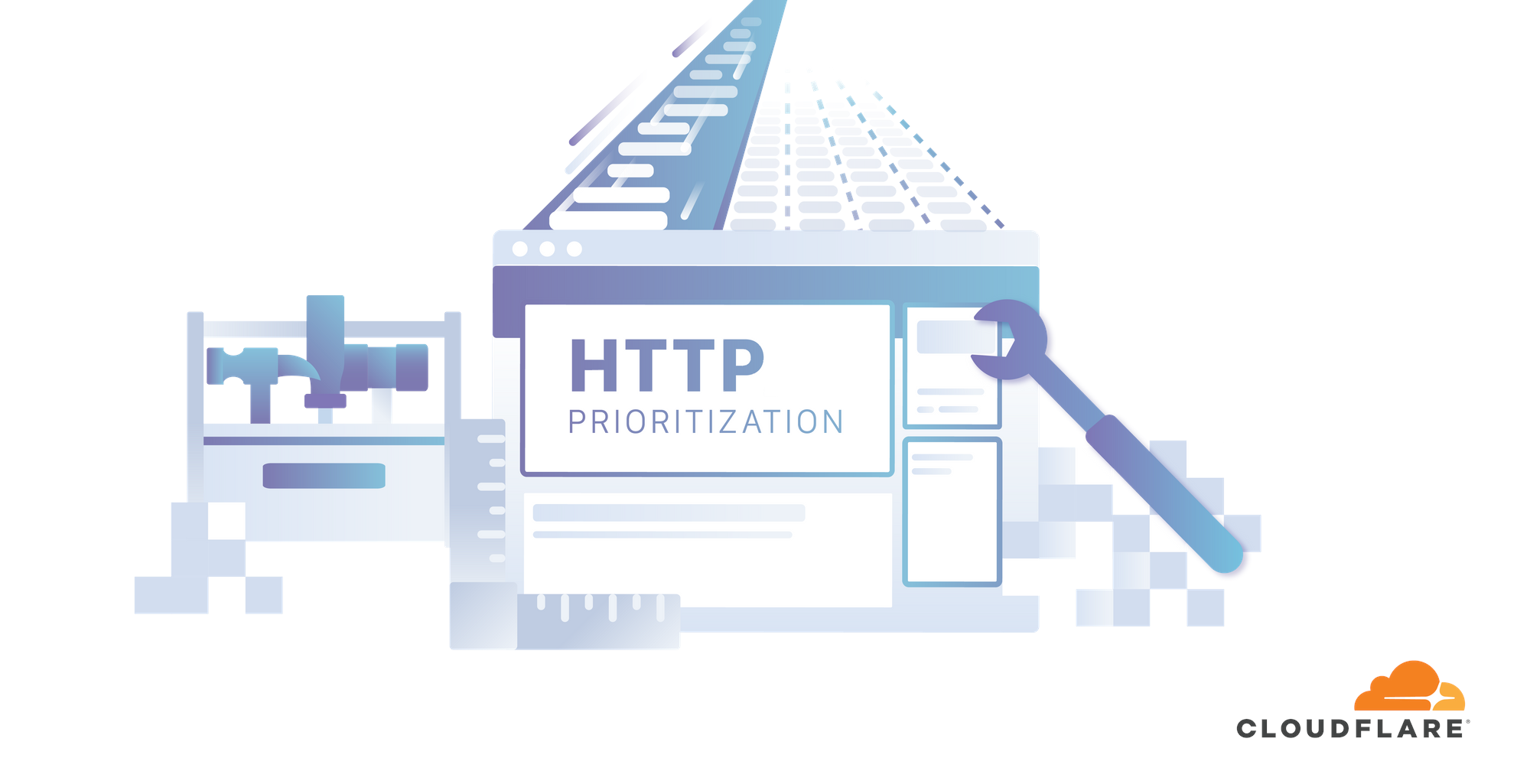5G Put Down International Roots in 2019
The United States, China, South Korea, and some European countries are effectively battling for 5G...
The United States, China, South Korea, and some European countries are effectively battling for 5G...

It’s been a busy year for Internet Society Chapters around the world, with members pushing to extend Internet connections to remote areas, involved in public policy, and focusing on cybersecurity. Here are some of the highlights in 2019:
Extending Internet connections
Community awareness: The Madagascar chapter provided awareness training on community-based broadband networks in the rural areas of Ambohimasina, Antambolo, and Morarano-Antongona during February and March. “Our main objective was to ensure that people using the Internet continue to be convinced of its usefulness,” the Chapter wrote. Another goal was for local leaders to have access to the Internet for the “purposes of innovation, creativity and economic opportunities for their municipality.”
Network planning: In Nigeria, the Internet Society Chapter began planning to set up a community network in Zaria, a city in the northern region of the country. The Internet Society provided startup funds of about 10 million naira, or “about the cost of a fairly used Toyota Corolla,” the Chapter noted. “By being very frugal and leveraging on existing infrastructure being contributed by community members, this will cover the cost of the initial wireless hardware required to connect at least 12 locations across Zaria.”
Connecting classrooms: Continue reading
The vendor used its clout over the past 12 months in continuing to bolster its position across...
The virtual tour will, however, require users to sign up for a 30-day trial of Juniper's Contrail...


Friday the 13th is a lucky day for Cloudflare for many reasons. On December 13, 2019 Tommy Pauly, co-chair of the IETF HTTP Working Group, announced the adoption of the "Extensible Prioritization Scheme for HTTP" - a new approach to HTTP prioritization.
Web pages are made up of many resources that must be downloaded before they can be presented to the user. The role of HTTP prioritization is to load the right bytes at the right time in order to achieve the best performance. This is a collaborative process between client and server, a client sends priority signals that the server can use to schedule the delivery of response data. In HTTP/1.1 the signal is basic, clients order requests smartly across a pool of about 6 connections. In HTTP/2 a single connection is used and clients send a signal per request, as a frame, which describes the relative dependency and weighting of the response. HTTP/3 tried to use the same approach but dependencies don't work well when signals can be delivered out of order.
HTTP/3 is being standardised as part of the QUIC effort. As a Working Group (WG) we've been trying to fix the problems that non-deterministic ordering Continue reading
We wrapped up December, and really 2019 with some pretty big news! Project DENT was officially announced and we’re excited for the possibilities will bring. Not sure what project DENT is? Luckily for you, we have all the coverage available for your reading pleasure in this month’s content roundup.
In addition to the DENT news, we also brought you another episode of our Kernel of Truth podcast and some great education blogs. Enjoy them all below!
From Cumulus Networks:
Announcing project DENT: We are now proud contributors to the DENT project! Premier members also include Amazon, Delta Electronics Inc, Marvell, Mellanox, and Wistron NeWeb (WNC). Launched by the Linux Foundation, DENT is networking software designed to simplify enterprise edge networking. Roopa Prabhu, our Chief Linux Architect, shares why the chance to enable networking hardware vendors to leverage the same benefits that all Linux hardware technologies do today has got us so excited to join the project.
Network inventory: what do you have, and should it be there?:How do you defend what you don’t know exists? Establishing & maintaining a network inventory is both a technological & a business process problem— we talk about how a modern Continue reading
I’ll skip the build-up and jump straight to the whole point of this post: a once-in-a-lifetime opportunity has come up and I’m embarking on a new adventure starting in early 2020. No, I’m not changing jobs…but I am changing time zones.
Sometime in the next month or two (dates are still being finalized), I’ll be temporarily relocating to Tokyo, Japan, to help build out VMware’s Cloud Native Field Engineering team to provide consulting and professional services around cloud-native technologies and modern application platforms for customers in Japan. Basically, my charter is to replicate the former Heptio Field Engineering team (now the Cloud Native Field Engineering Practice within VMware) in Japan.
Accomplishing this feat will involve a variety of responsibilities: a pretty fair amount of training/enablement, engaging customers on the pre-sales side, helping lead projects on the post-sales (delivery) side, mentoring team members, performing some project management, probably some people management, and the infamous “other duties as required.” All in about six months (the inital duration of my assignment), and all while learning Japanese! No big deal, right?
I’m both simultaneously excited and scared. I’m excited by the idea of living in Tokyo, but let’s be honest—the language barrier is Continue reading
"Not all SD-WAN is created equal," said Ben Niernberg, EVP at MNJ Technologies. "They are all very...
The deal marks the end of the operator's business with Huawei, which was effectively banned from...
Ray O’Farrell will lead the new unit as EVP and GM. O’Farrell previously served as EVP and...

Fragments: Some activists are raising concerns about a fragmented Internet, with two University of Southampton professors writing about four competing versions of the Internet in Wired. The two professors wrote about the same issues for the World Economic Forum earlier this year. The vision of a coordinated, global network “might change in 2020 as Internet governance will be at the centre of a number of ongoing debates coming to the fore,” they wrote. “What values should the technology support? How should it deal with free speech and association? What about privacy?”
Squirrels on wheels: Mont Belvieu, a city near Houston, Texas, has built its own broadband network after struggling with slow speeds from existing providers, the Dallas Morning News reports. “I believe squirrels run on a wheel for my Internet,” one resident half-joked on a city survey. About half of the city’s households have signed up for the service, offering speeds of up to 1 gigabit per second for $75 a month, since it launched in mid-2018.
Encryption warnings: Chloe Squires, the U.K. Home Office’s head of national security, has weighed in on a U.S. Senate debate on encryption, saying Facebook will undermine her government’s fight against Continue reading
Aviatrix's CEO claimed SD-WAN is dead and that AWS killed it; VMware's CEO taunted IBM for paying...
It's been a while since I last updated my blog. As I'd like to share more in 2020, I thought that a good first post might be to update you all on what I've been working on the last 5 years.
I read at least 32 books in 2019. The high count is due primarily to burning through a bunch of mediocre thriller novels on road trips, but I also read a number of really good books in diverse categories. Here are some highlights:
I love wide-ranging intellectual histories, and this fits that description completely. While I am not a huge fan of existentialism as a philosophical movement, its history and personalities are fascinating, and this book does justice to all of it. I particularly enjoyed the chapters about Simone de Beauvoir, Iris Murdoch, and Maurice Merleau-Ponty.
I don’t read a lot of mysteries, but Sara Gran’s Claire DeWitt series is certainly one of my all-time favorites. Detective noir with a touch of magical realism. This is the latest; I recommend reading them in order. I hope there are more to come.
This memoir is out of print, but worth finding if you have any interest in Pacific Northwest history. Battling alcoholism during the Great Depression, the author Continue reading